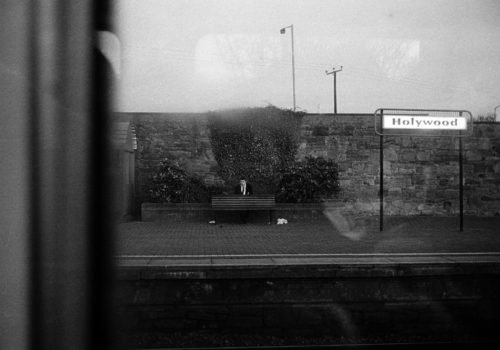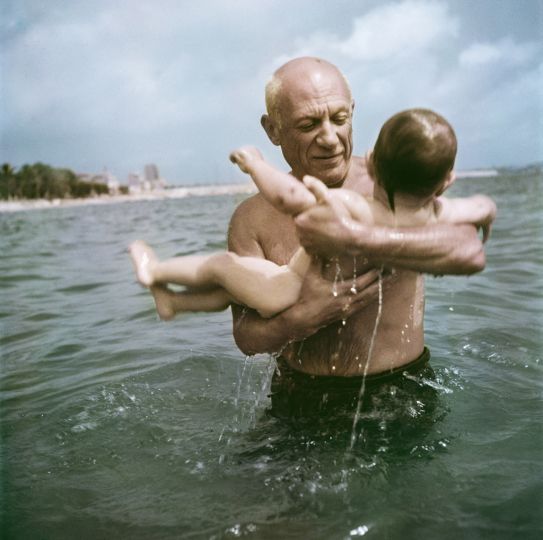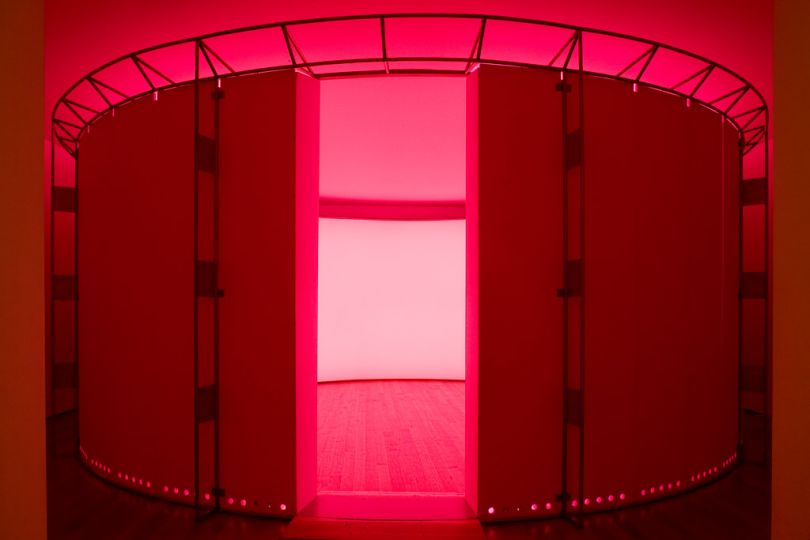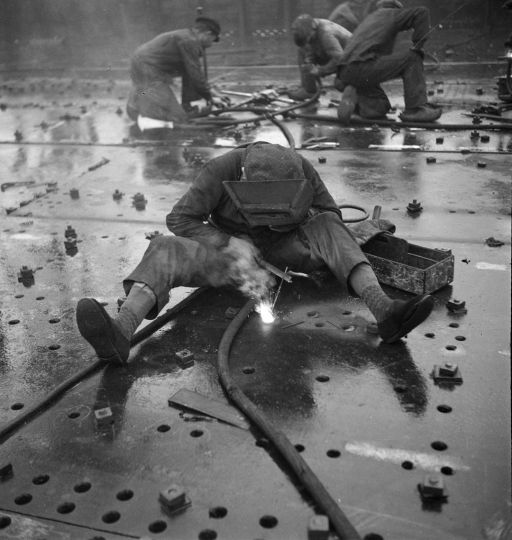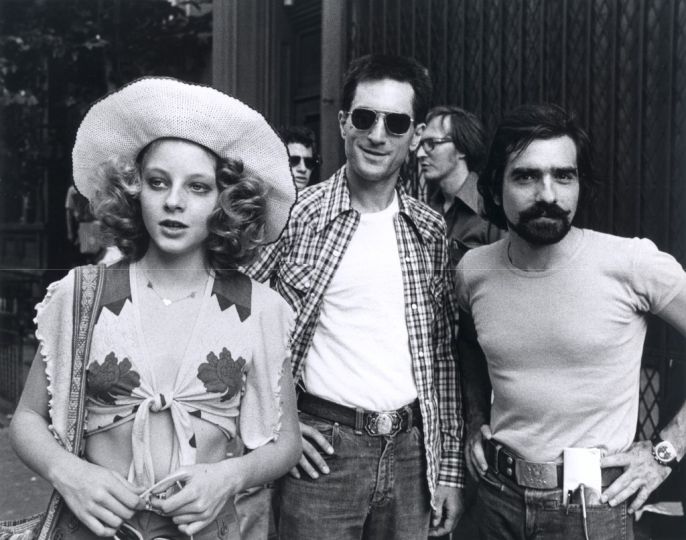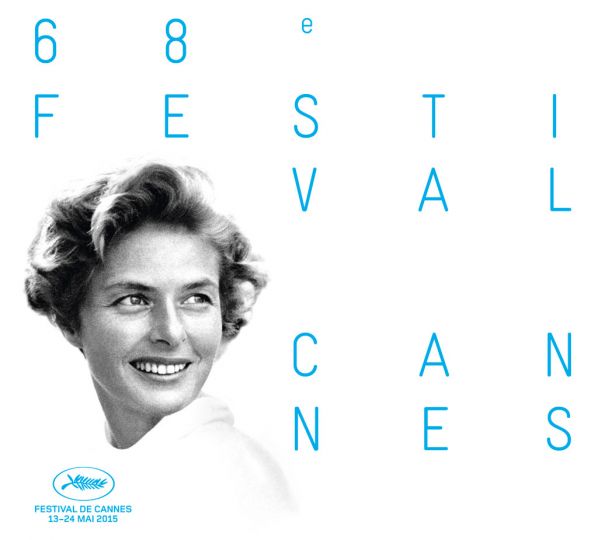In early 2000, Dominique Vautrin was sent on assignment to Belfast to cover the Orange Order marches. On the train approaching Northern Ireland’s bitterly polarised capital, he had what he describes as an epiphany. “I instantly knew that I had something essential to do here,”. But it had nothing to do with journalism.
Drawn to the grey city, he quit photojournalism in France, packed his cameras, and rented a tiny, seedy room in Belfast to start his first photo project. “I got stuck in this room for a couple of months and didn’t manage to get started on anything. I knew I had to be here, that it was the first step to something, but I felt the photographer’s equivalent of the writer’s block,” he remembers. His notes, which appear on his website, set the tone: “Belfast. A seven square meters room. I walked aimlessly for miles through the city. Lost in solitude. Weeks passed…” Until the moment when, sick with his own company, he decided to hit the road and mark out as many towns as he could on a cheap roadmap of the United Kingdom. “Sheffield. fish and chips with a smell of diesel. Garbage. Limerick. Moy Ross district. Several hours under a bridge to flee from the rain. But I can’t shelter from myself. Edinburgh, sex and alcohol, I vomit in the sheets. Blast of silence. London. No more syringes between Stockwell and Clapham North. Wooden barricades have sent the junkies away.”
Five years of lonely and cathartic street-wandering later, Vautrin picked the forty-eight black-and-white photographs that compose his series, Holywood (note the single “l”). The dark-tones and dirty contrasts of his often-blurry black-and-white shots are the visual opposite of the famed Hollywood series by Phillip-Lorca diCorcia from the 1990s, shooting subjects in Santa Monica’s warm, cinematic California light.
Vautrin’s work is equally cinematic, but with a taste for darker, bleak black-and-white 1960s thrillers…

